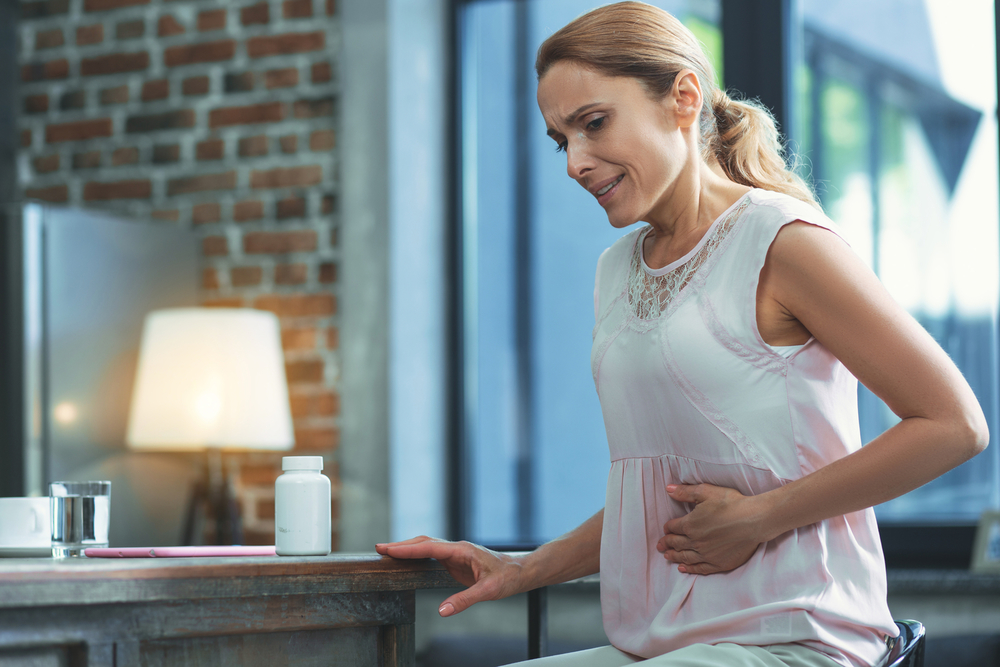
Helpful Menopausal Symptom Relief
Experts have defined menopause as the period when a woman permanently stops from getting periods, at which time pregnancy is no longer possible. If a woman is an entire year (or 12 months) without menstruating, bleeding, or even spotting, she is considered in full menopause. The time leading up to full menopause is known as perimenopause, when hormones (estrogen and progesterone) fluctuate and several symptoms can occur.
All bodies are different, which is why women exhibit different signs and symptoms when in perimenopause. Below are some of the most overlooked symptoms of menopause and some tips for treating these symptoms:
1. Hot flashes
Hot flashes rank among the most frequent signs related to menopause in a considerable number of women. Every three out of four women have hot flashes as one of their pronounced menopause symptoms. In some rare instances, some women experience hot flashes before menopause. Some of the signs associated with hot flushes include your upper section of the woman’s body experiencing some extraordinary heat. Other symptoms related to hot flushes include redness on your face, neck, blotches on your chest, back, and arms. Similarly, some women experience sweating, which can be massive and alternating cold chills.
For you to treat hot flushes, hormone control is one of the popular methods, while drinking water and losing weight get used.
2. Insomnia
With low-level production of the two most significant hormones of progesterone and estrogen, a host of women tend to be affected and experience long nights without sleep. Lack of sleep is mostly as a result of progesterone. Estrogen, on the other side, has some adverse sweating effects mainly during the night, and this sweating comes along with some mixes of a hot flush. Some sweating at night is referred to as night sweats. A treatment method to this menopausal symptom is exercising quite a lot and keeping off from alcoholic drinks. Also, it would be best if you avoided smoking before retiring to bed. Experts as well advise taking enough warm water and avoiding caffeine.
3. Decreased libido
When it comes to the issue of sexuality, various women approach this subject differently. A good number of them may even lose interest in totality towards sex, and whenever they try to experience, it tends to become very uncomfortable and dyspareunia. The painful experience is as a result of drier and thinner virginal tissues. For you to treat this condition if it persists to become a problem, one gets advised to book an appointment with a medical professional for either treatment or be prescribed medication to use.
4. Incontinence
Lower estrogen production leads to problems related to the urethra, and holding of urine becomes a challenge to some women. The experience associated with the urge to urinate is known as incontinence. A simple call of nurture such as coughing and laughing may be accompanied by urine in some women. For you to control and treat this problem in women, one is supposed to limit entirely avoid caffeine, or they sometimes are required to enroll in therapy. In some rare cases, surgery may get recommended.
5. Anxiety
With menopause comes high chances and risks of falling into depression. Such disorders are associated with changes in hormonal production. Anxiety is associated with other symptoms like hot flushes and different unexplained feelings. Getting enough sleep is one of the recommended ways to control anxiety and typically exercising a lot, including yoga and meditation to calm the body and mind.
6. Migraines
Unusual headaches and migraines are one of the signs that come with approaching perimenopause vs. menopause periods. There is no cure for the migraines, but they slowly disappear on their own with time.


